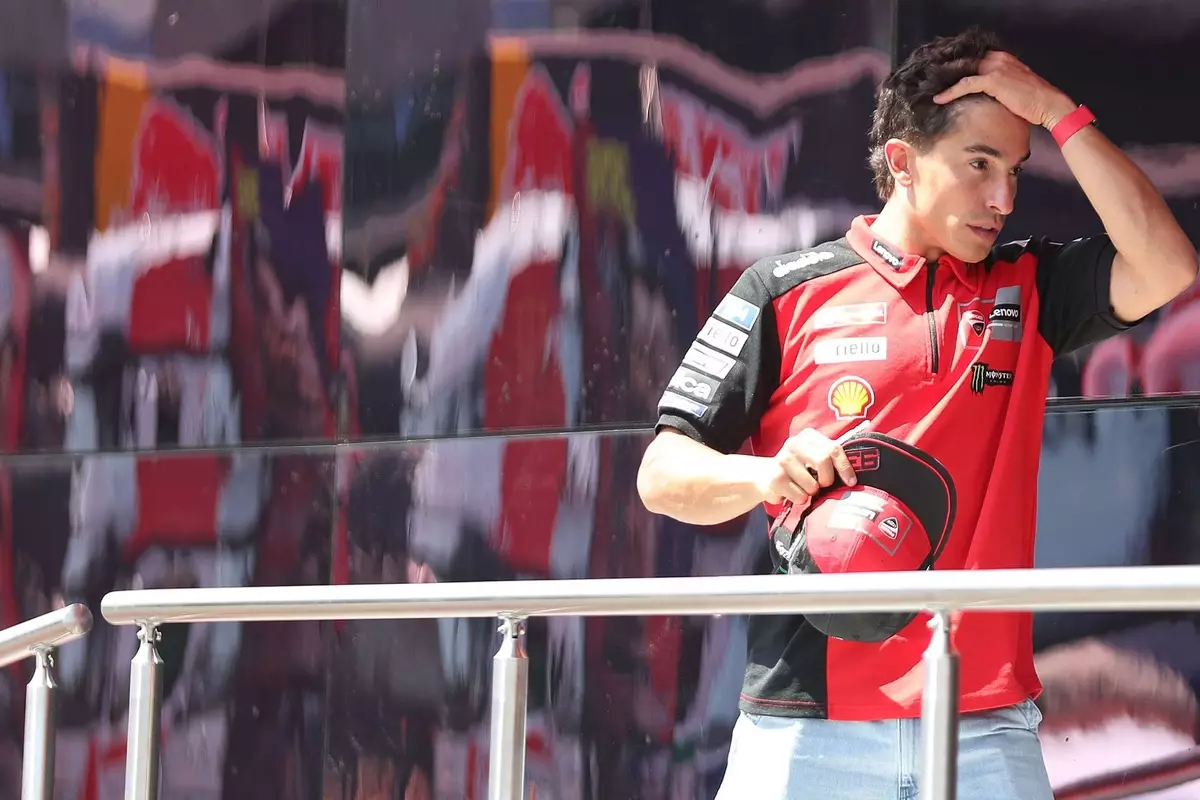In the high-speed world of MotoGP, technological innovation has been both a catalyst for exhilarating racing and a point of fierce controversy. This season, the introduction of stability control software at the Austrian Grand Prix has ignited debate, pitting rider autonomy against safety advances and technological progress. While the governing body champions this move as a necessary safety enhancement, seasoned riders such as Marc Marquez and Pedro Acosta perceive it as a threat to the essence of racing — the rider’s skill and instinct. Their objections highlight a broader philosophical rift: should racing progress come at the cost of diminishing rider influence, or is technological assistance inevitable in the evolution of the sport?
Historically, MotoGP has prided itself on showcasing raw talent, where rider finesse, bike setup, and decision-making directly translate to performance. The recent push toward electronic aids and automated systems seems to threaten that narrative, raising questions about the future identity of motorcycle racing. The new stability control system, designed to dampen high-side crashes by reducing engine torque during slides, appears to be a double-edged sword—both a potential lifesaver and a limiter of rider expression. If riders become heavily reliant on these aids, the line between skill and programming blurs, risking a sport where rider ingenuity and instinct are overshadowed by electronic interventions.
The Clash Between Safety Innovation and Traditional Riding Philosophy
Significantly, the proposed implementation of this stability system coincides with upcoming regulations that ban ride height and holeshot devices by 2027, and aim to curb aerodynamics tricks that have extended the technical arms race in MotoGP. This apparent contradiction reveals a complex narrative: are these electronic aids genuinely about safety, or are they a temporary patch on a rapidly evolving technological landscape? Riders like Marquez, who have suffered life-threatening highside crashes—including the devastating incident in 2020—know intimately the risks involved. Yet, their resistance stems from a fear that such systems could undermine the rider’s crucial role in controlling the bike during critical moments. Marquez’s outspoken opinion reflects a deep concern that electronics could diminish the skill gap, creating a more homogenized and less thrilling competition.
Pedro Acosta, often lauded for his natural talent, echoes this sentiment, emphasizing that the sport should look to phase out aids rather than embed them deeper into bike setups. His viewpoint suggests that racing should eventually return to a purist approach—where rider ability is the decisive factor—rather than relying on increasingly sophisticated electronic safety nets. This perspective aligns with the broader industry debate: are these innovations temporary safety measures, or are they natural steps toward a more controlled, less risky sport?
On the other hand, riders like Marco Bezzecchi argue that talent will always shine through, regardless of technological constraints. Even if aids temporarily level the playing field, he believes that eventually, skill, intuition, and adaptation will reclaim their dominance. This optimistic outlook suggests that technology, while influential, remains subordinate to human prowess in the long run, maintaining the core appeal of MotoGP.
The Future of MotoGP: Balancing Innovation with Integrity
The controversy surrounding this new stability system invites a fundamental question: what is the true purpose of technological aids in racing? If safety is the reason, then their integration can be justified, especially given the inherent dangers of high-speed motorcycle racing. But if these aids are primarily about controlling performance and reducing rider input, then their adoption risks diluting the sport’s competitive integrity.
As the sport approaches a pivotal moment with more restrictive regulations on rider aids and targeted efforts to reduce aerodynamic and electronic advantages, one must wonder where the balance lies. The ongoing dialogue among riders, engineers, and governing bodies will significantly shape the sport’s evolution. Will future technology serve only to enhance rider safety and preserve the spirit of challenge, or will it transform MotoGP into a spectacle largely dictated by pre-programmed systems?
Ultimately, the debate underscores a vital tension: the desire for safer, more spectator-friendly races versus the preservation of raw rider talent as the heart of competition. While the industry moves forward with innovations like stability control, it must tread carefully — lest the soul of MotoGP be lost amid the digital advancements that promise safety at the potential cost of authenticity.

